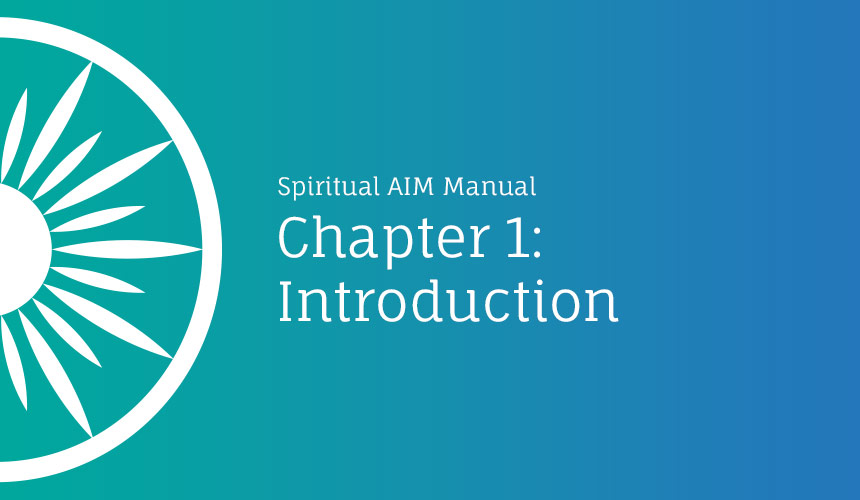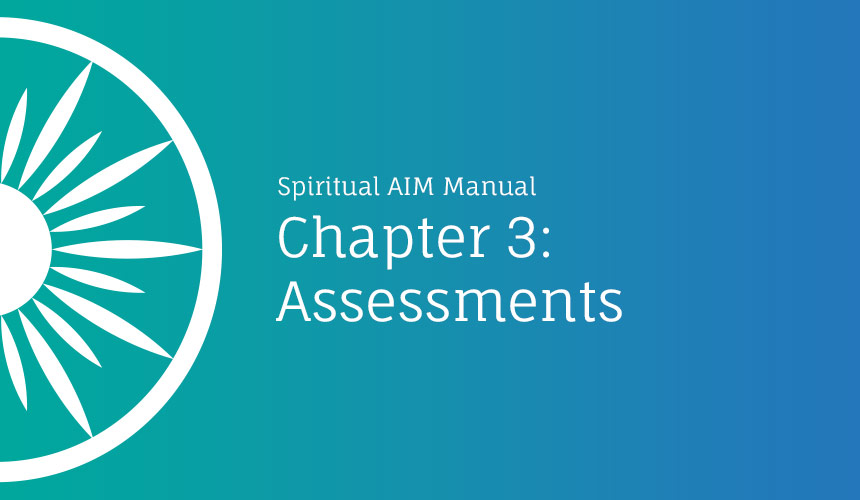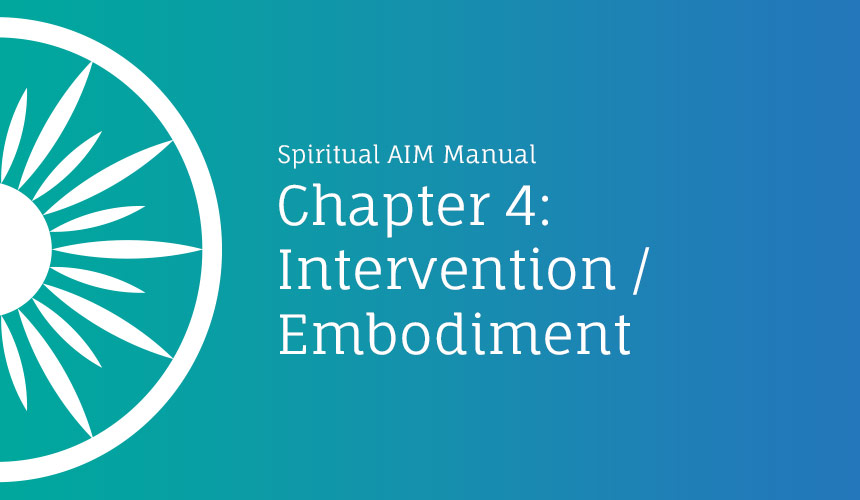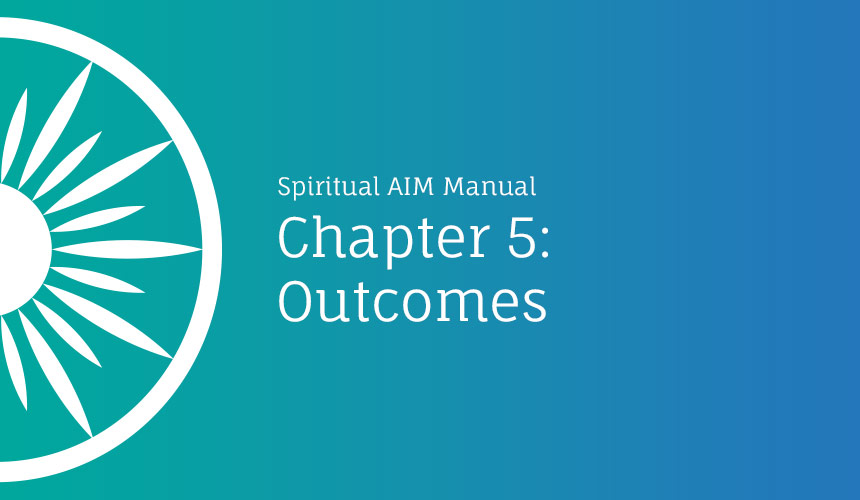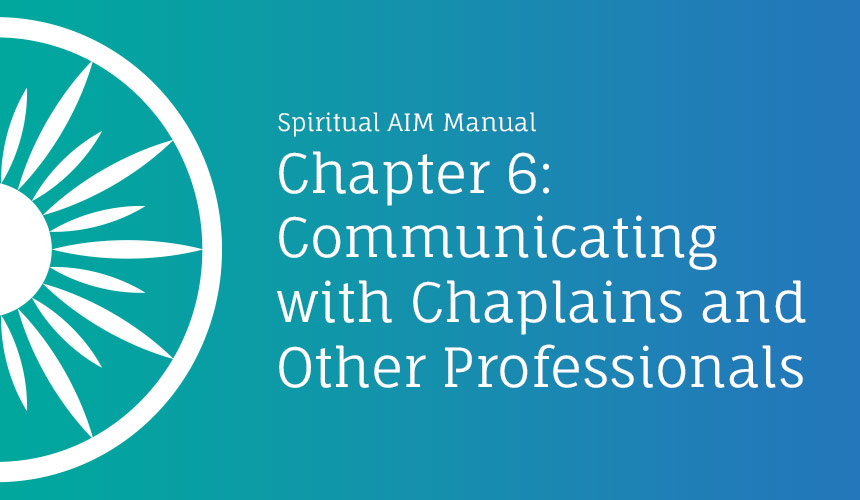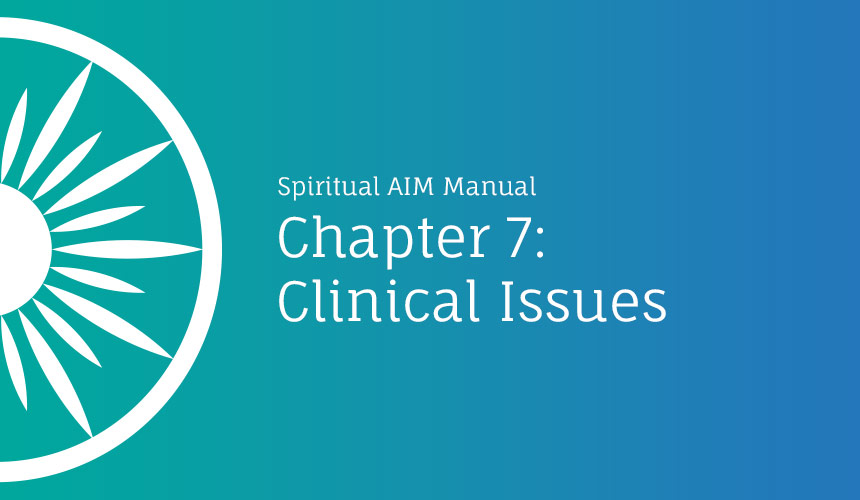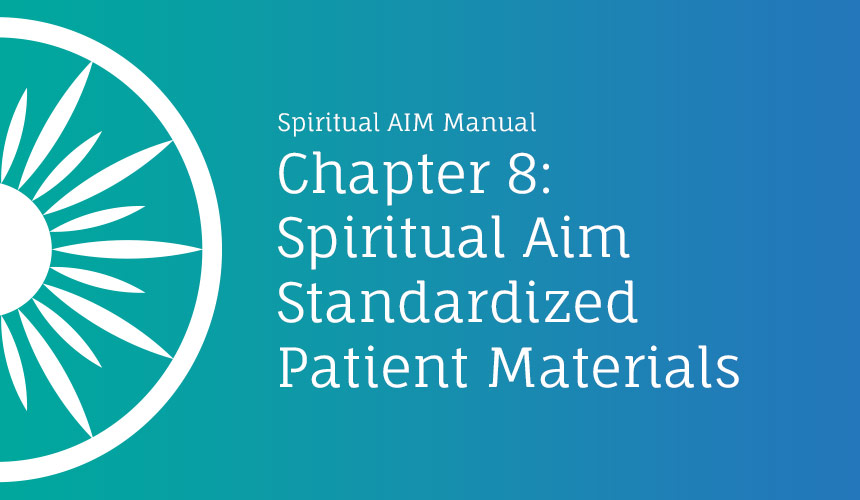Developing Spiritual AIM: Roots in Chaplaincy Mentorship
As you have read in “Spiritual AIM and the work of the chaplain: A model for assessing spiritual needs and outcomes in relationship,” Spiritual AIM is a model developed over two decades by Rev. Dr. Michele Shields, BCC, ACPE, inspired at the outset by a mentoring group with Rev. Dr. Dennis Kenny. It was nurtured over the years based on Michele’s encountering hundreds of patients, family members, and professional caregivers and supervising more than a dozen clinical pastoral education supervisory students and observing how different people responded to a health crisis. Since 2011, the work of an interdisciplinary research team led by Rev. Dr. Michele Shields, Allison Kestenbaum, BCC-PCHAC, ACPE, and Laura Dunn, MD, has helped refine the model even further through conceptual and empirical discussions occurring during team meetings. These meetings included in-depth discussions of transcripts of chaplain sessions (conducted with outpatients receiving palliative care for advanced cancer), critical inquiry into the origin and meaning of specific language used in the model, and exploration of novel concepts and themes emerging from the evidence.
Reflection Break
Review the excerpt on page 77 of “Spiritual AIM and the work of the chaplain: A model for assessing spiritual needs and outcomes in relationship.”
- What parts of this theory do you agree with?
- How would you critique this theory?
- What contemporary theories, such as trauma-informed care, might influence how you conduct spiritual assessment?
- Write about a recent encounter as a chaplain that informs your answers to the above questions.
Making Assessments
The chaplain assesses the primary spiritual need, the level of acuity of the need, and how far along the patient is on the path toward healing and integration, defined by Spiritual AIM.
What helps us make an assessment? What information do you use?
- Comments
- Behavior
- Attribution of blame
- Questions
- Concerns
- Chaplain’s own internal response to the person
- Assessment of where person is along their path to healing
Persona and Spiritual AIM
Sometimes, a patient will describe themselves in ways that conflict with how they behave and how others see them. For example, a patient may tell you they are easy to get along with, but you come to learn they have alienated the entire nursing staff. Or they say that they make decisions easily because they try not to live in their head, but you find out from their physician that the patient is asking the same questions over and over about a potential procedure. In Spiritual AIM, persona refers to this tendency to depict oneself in a way that may contradict their core spiritual need.
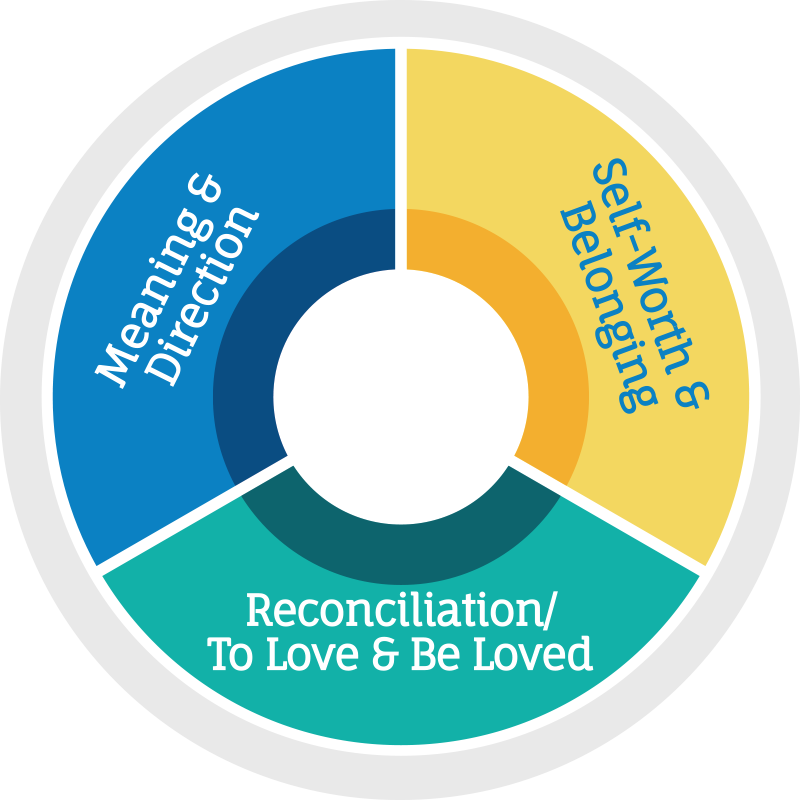
Making Interventions
The chaplain leads the patient through a process of healing using specific interventions that correspond to the primary spiritual need. The chaplain does this through embodiment. The chaplain makes a choice to step into a role and stance and personify certain characteristics: guide, valuer, or truth-teller.
More from this chapter, including “Vectors of Blame” and “Anger and Socially Just Spiritual Care” can be found in the full manual.

